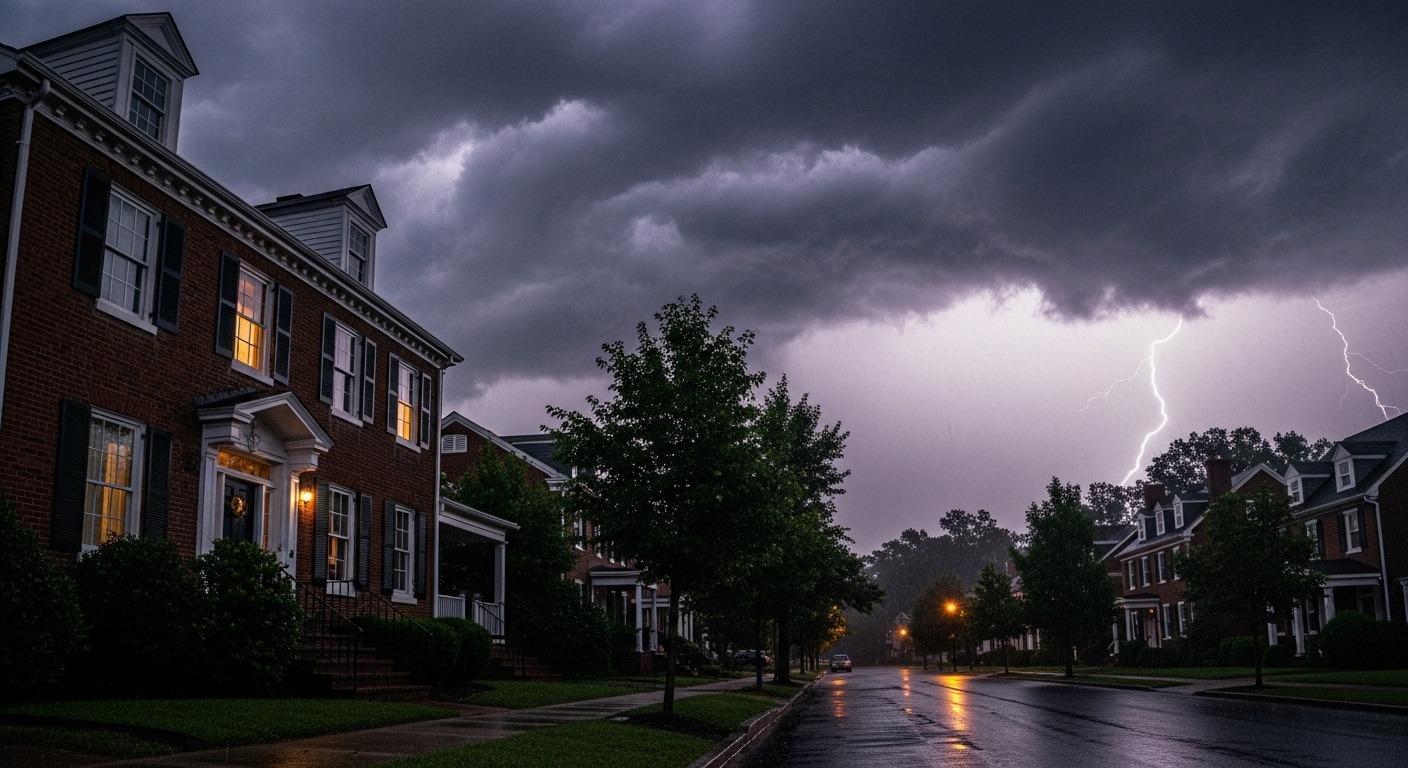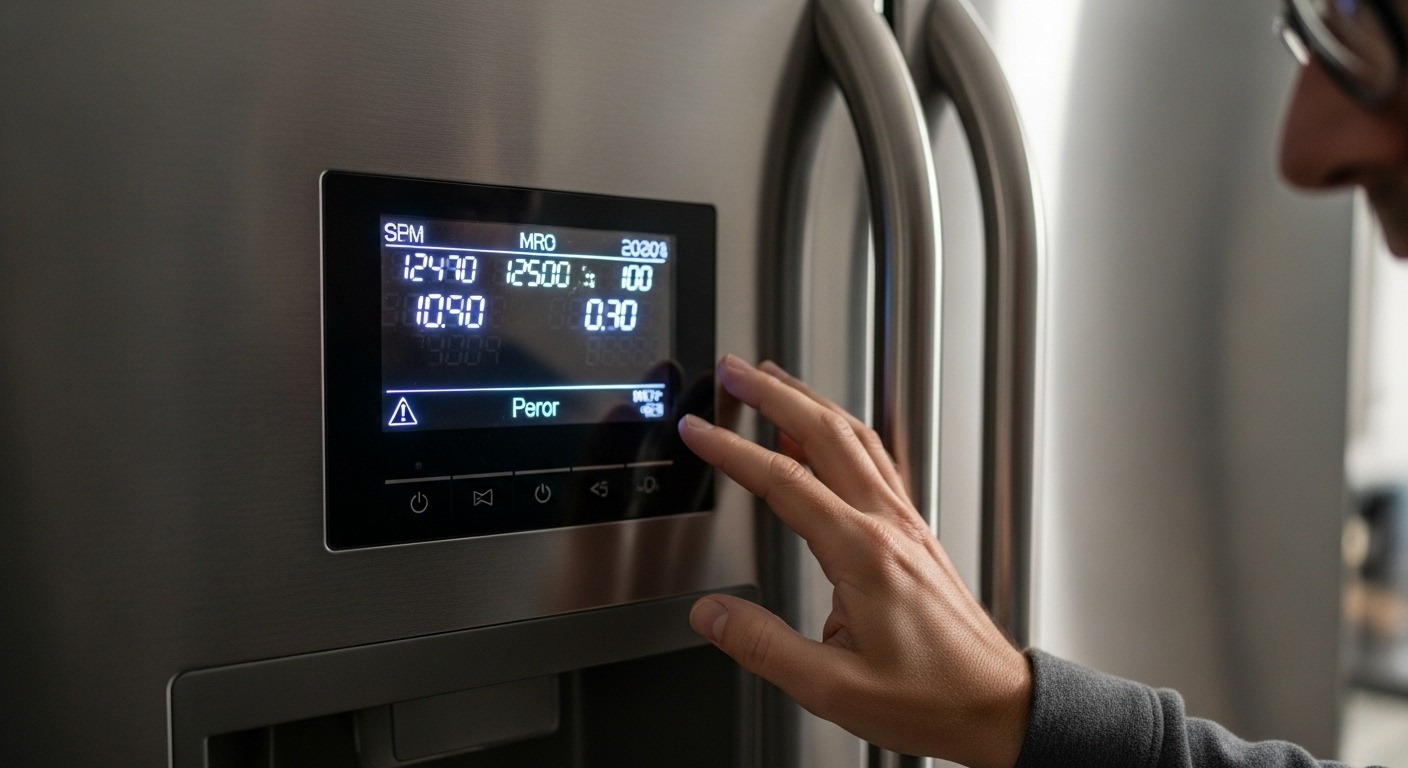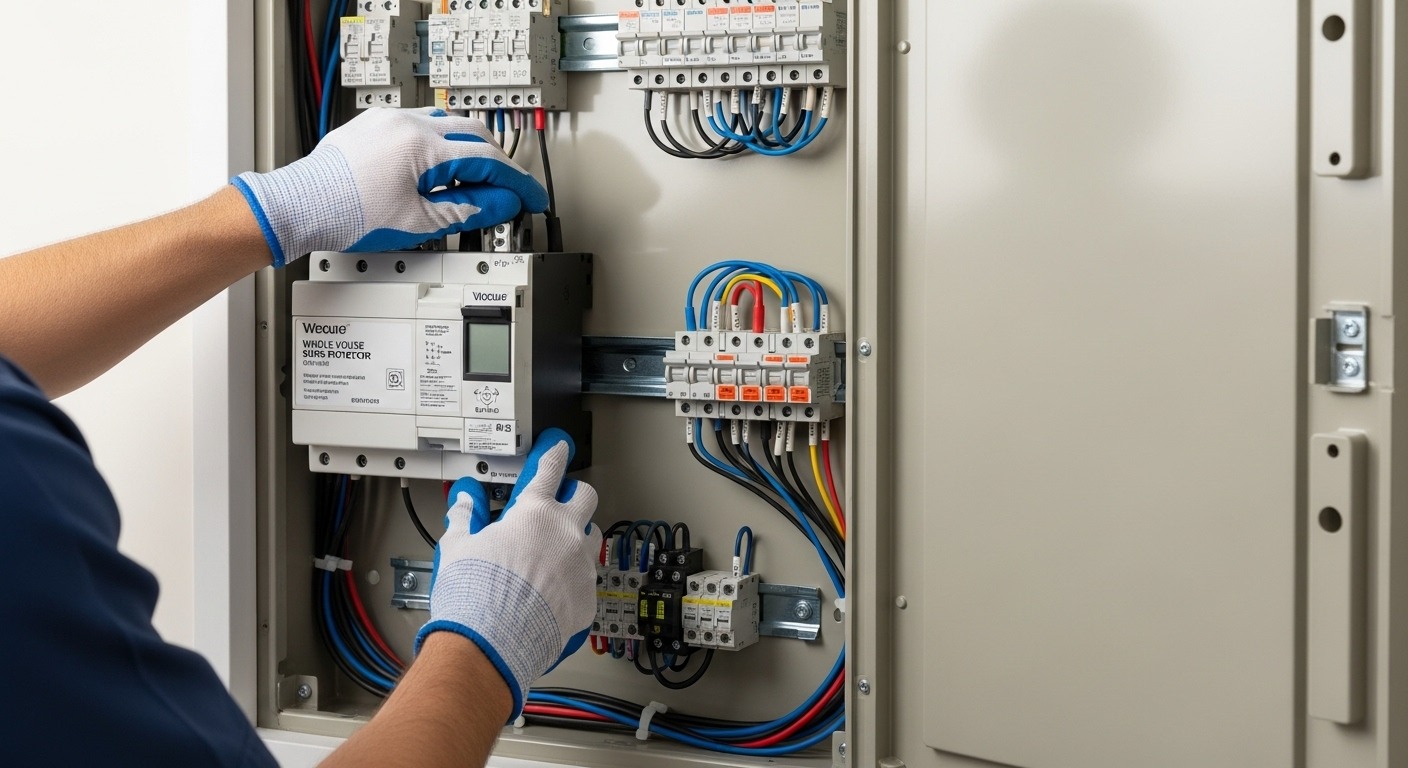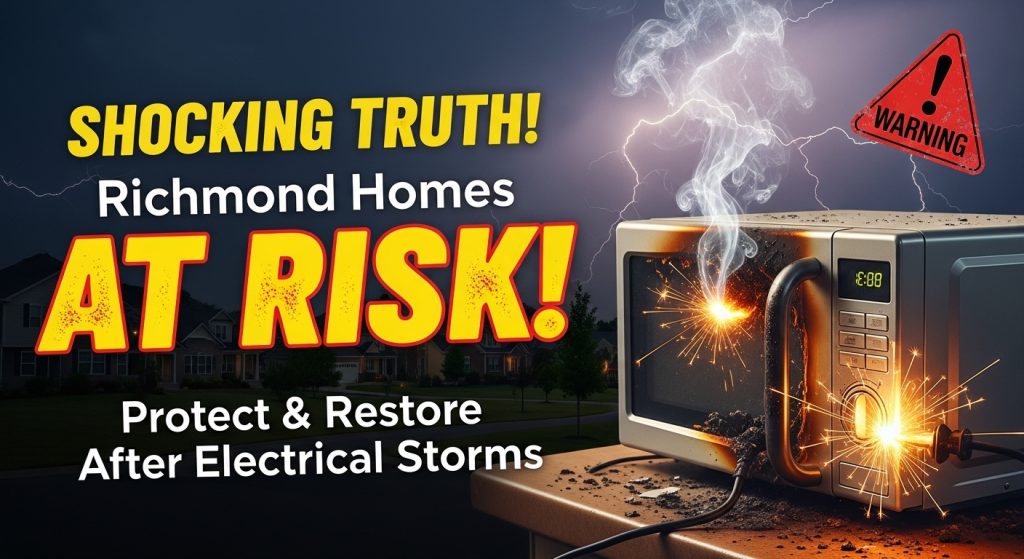Power Surge Damage: How Richmond Homeowners Can Protect & Restore Their Appliances After Electrical Storms
Worried about power surge damage to your expensive appliances during Richmond’s frequent thunderstorms? Don’t panic – we’ll walk you through the most effective protection strategies and restoration methods that can save you thousands in replacement costs.Richmond homeowners know all too well the heart-stopping moment when the lights flicker during a thunderstorm, followed by the terrifying realization that your refrigerator, washer, or other expensive appliances might have just taken a direct hit from a power surge. With the Richmond area experiencing some of the most volatile weather patterns on the East Coast, electrical storms pose a constant threat to household appliances throughout the summer months. The reality is that power surges don’t just happen during dramatic lightning strikes – they occur daily through utility grid fluctuations, and the cumulative damage can be just as costly as a single catastrophic event. Recent storms have demonstrated just how vulnerable Richmond homes can be, with nearly 100,000 homes and businesses knocked offline across the Richmond region during a single storm event. These outages don’t just mean temporary inconvenience – they often signal the beginning of a costly appliance damage discovery process that can stretch for months. Understanding how to protect your appliances and knowing what to do when surge damage occurs can mean the difference between a minor inconvenience and a major financial disaster.The good news is that with the right knowledge and preparation, Richmond homeowners can significantly reduce their risk of appliance power surge damage while also knowing how to respond effectively when storms do strike. From whole-house surge protection systems to immediate emergency response protocols, there are proven strategies that can keep your appliances safe and your family comfortable year-round.
Key Outtakes:
- Power surges can damage appliances immediately or cause gradual failure over months, making early detection crucial for Richmond homeowners
- Whole-home surge protectors offer better protection than individual outlet protectors and can prevent damage from Richmond’s frequent lightning strikes
- Unplugging sensitive appliances before storms is the most effective immediate protection against electrical surge damage
- Many surge-damaged appliances can be repaired if assessed promptly, but damage to control boards often requires professional evaluation
- Richmond’s aging electrical infrastructure makes homes more vulnerable to power surge appliance damage during severe weather

Understanding Power Surge Risks for Richmond Appliances

Power surges in the Richmond area present unique challenges that many homeowners don’t fully understand until it’s too late. The city’s location in Central Virginia puts it directly in the path of severe thunderstorms that roll through the region from spring through early fall, with the peak storm season running from July through September. During these months, the combination of hot, humid conditions and atmospheric instability creates the perfect recipe for the kind of electrical storms that can send devastating power surges through residential electrical systems.What makes Richmond particularly vulnerable is the age of much of the city’s electrical infrastructure. Many neighborhoods feature homes built decades ago with wiring systems that weren’t designed to handle modern electrical loads, let alone protect against the power fluctuations that today’s sensitive electronic appliances face. Older homes in Richmond often have wiring systems not equipped to handle modern electrical loads, making them more susceptible to both surge damage and the secondary effects of power restoration after outages.The recent pattern of severe weather events in the Richmond area has highlighted these vulnerabilities in dramatic fashion. Storm events have consistently affected tens of thousands of residents, with some outages impacting over 100,000 customers across the metropolitan area. These aren’t just brief flickers – they represent serious disruptions to the electrical grid that can send unpredictable voltage spikes through home electrical systems both during the initial outage and, critically, during the power restoration process.Weather-related power surges in Richmond don’t just occur during the dramatic lightning strikes that grab headlines. The majority of appliance damage actually results from the less visible but equally dangerous voltage fluctuations that occur when utility crews work to restore power after storm damage. When electricity comes back online after an outage, the initial surge of power can overwhelm appliance circuits that were already stressed by the original electrical disturbance, creating a double-hit scenario that many homeowners never see coming.Understanding the local context is crucial because Richmond’s specific weather patterns create surge risks that differ from other regions. The area’s frequent summer thunderstorms often involve rapid temperature changes and atmospheric pressure drops that can persist for hours, meaning that surge risks don’t end when the visible lightning stops. Instead, utility grid fluctuations can continue throughout the storm recovery period, putting appliances at risk long after homeowners assume the danger has passed.
Recognizing Appliance Power Surge Damage Symptoms

The challenge with identifying appliance power surge damage in Richmond homes is that not all damage is immediately obvious, and some of the most costly problems can take months to fully manifest. This delayed damage pattern catches many homeowners off guard, leading to situations where appliances that seemed to survive a storm event gradually fail over the following weeks and months. Understanding what to look for can help you catch surge damage early, when repair options are still viable and before secondary damage compounds the original problem.Immediate surge damage symptoms are usually the easiest to identify and tend to affect the most sensitive electronic components first. Appliances that fail to power on at all, display flickering or erratic digital readouts, emit unusual sounds during operation, or produce burning smells are showing classic signs of surge damage to their control systems. These symptoms require immediate attention because they often indicate damage to critical safety systems within the appliance, and continued operation could pose fire risks or lead to more extensive damage. Real homeowner experiences show that surge damage can manifest over extended periods, with some appliances failing gradually over 10 months following the initial surge event. This pattern is particularly common with appliances that have complex electronic control systems, such as modern refrigerators with digital temperature controls, washing machines with programmable cycles, and HVAC systems with smart thermostats. The initial surge may weaken these systems without causing immediate failure, but the compromised components gradually deteriorate under normal operating stress.Refrigerators present a special case when it comes to surge damage recognition because they’re often the most expensive appliances in the home and their failure can result in significant food spoilage costs on top of repair expenses. The control board, compressor, and ice maker systems are the three components most vulnerable to power surge damage in refrigerators, and damage to any of these systems can compromise the entire appliance’s operation. Early warning signs include inconsistent temperature maintenance, unusual cycling patterns, ice maker malfunctions, or error codes appearing on digital displays.Kitchen appliances with electronic controls are particularly susceptible to surge damage because they combine high power requirements with sensitive digital components. Dishwashers, microwaves, and cooking ranges with digital timers and control panels often show surge damage through erratic operation patterns, display malfunctions, or complete failure of specific functions while other features continue to work. This partial failure pattern can be deceptive because it might seem like a minor problem initially, but it often indicates broader electrical damage that will worsen over time.HVAC systems represent another critical category for surge damage recognition because their failure can affect home comfort and safety, particularly during Richmond’s hot summers and cold winters. Surge damage to HVAC systems often manifests as inconsistent heating or cooling performance, frequent cycling on and off, failure to respond to thermostat commands, or complete system shutdowns. Given the complexity of modern HVAC systems and their integration with home electrical panels, surge damage in these systems often requires professional diagnosis to fully understand the extent of the problem.
Effective Surge Protection Strategies for Richmond Homes

Creating comprehensive surge protection for Richmond homes requires understanding that effective protection works in layers, with each level providing backup for the others and addressing different types of surge risks. The most robust protection strategies combine whole-house surge protection systems installed at the electrical panel with point-of-use protection for individual appliances and a solid understanding of emergency response protocols that can prevent damage when storms strike unexpectedly.Whole-house surge protection systems installed at the electrical meter provide the first and most important line of defense against power surges entering your home from the utility grid. These systems are designed to intercept large voltage spikes before they can reach your home’s internal wiring, providing protection for all connected appliances and electronic devices simultaneously. Professional installation is essential because these systems must be properly integrated with your home’s electrical panel and grounding system to function effectively. The investment in whole-house surge protection typically pays for itself quickly when you
